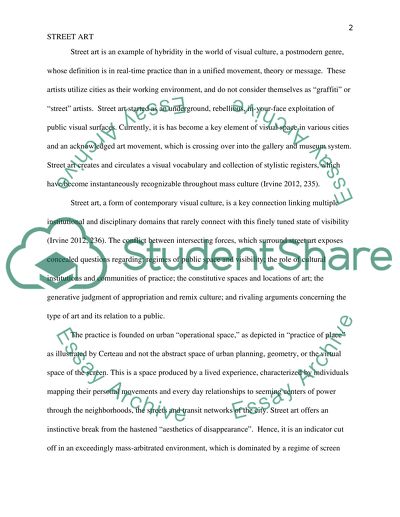Cite this document
(“Art in post- modernity Essay Example | Topics and Well Written Essays - 1750 words”, n.d.)
Art in post- modernity Essay Example | Topics and Well Written Essays - 1750 words. Retrieved from https://studentshare.org/visual-arts-film-studies/1493003-art-in-post-modernity
Art in post- modernity Essay Example | Topics and Well Written Essays - 1750 words. Retrieved from https://studentshare.org/visual-arts-film-studies/1493003-art-in-post-modernity
(Art in Post- Modernity Essay Example | Topics and Well Written Essays - 1750 Words)
Art in Post- Modernity Essay Example | Topics and Well Written Essays - 1750 Words. https://studentshare.org/visual-arts-film-studies/1493003-art-in-post-modernity.
Art in Post- Modernity Essay Example | Topics and Well Written Essays - 1750 Words. https://studentshare.org/visual-arts-film-studies/1493003-art-in-post-modernity.
“Art in Post- Modernity Essay Example | Topics and Well Written Essays - 1750 Words”, n.d. https://studentshare.org/visual-arts-film-studies/1493003-art-in-post-modernity.


